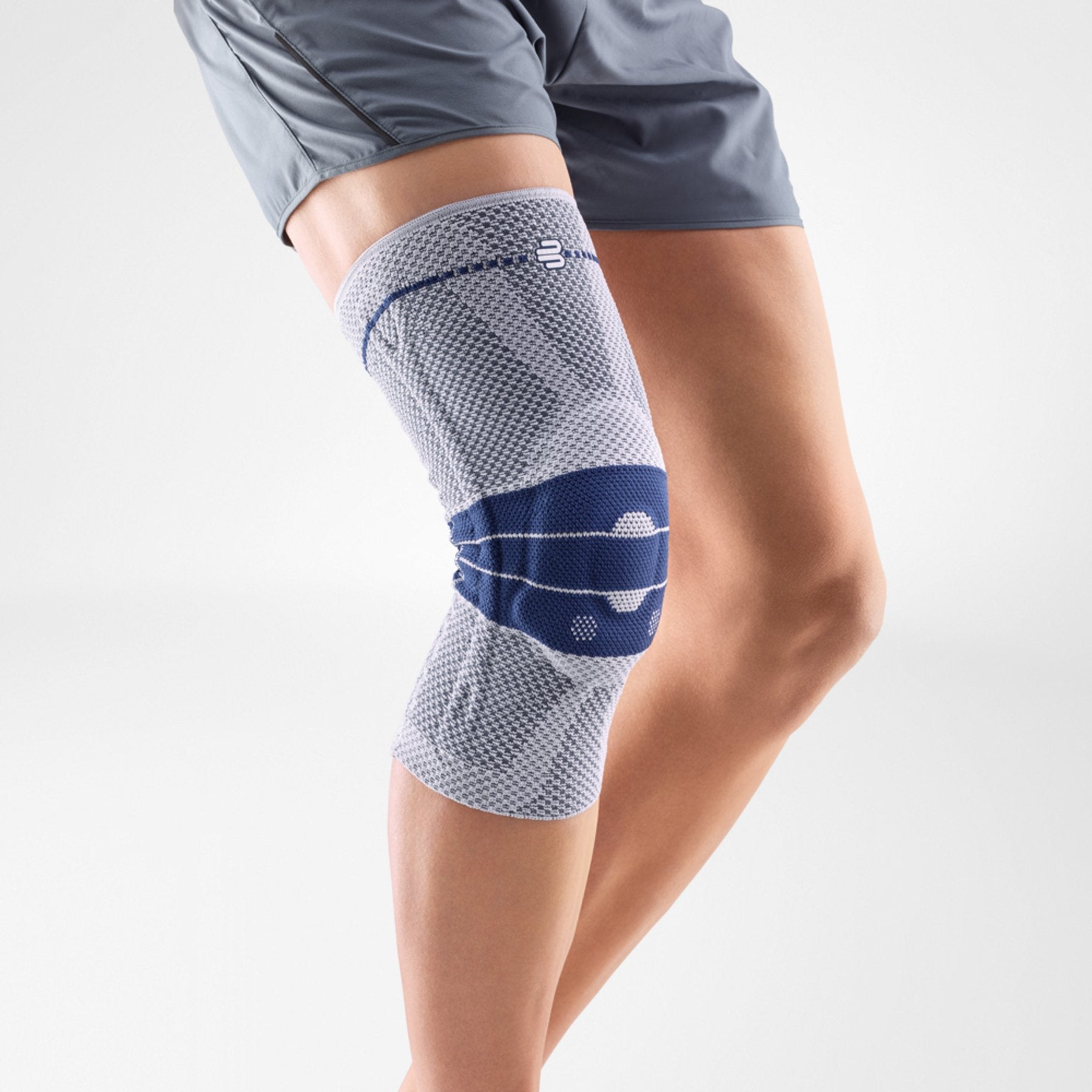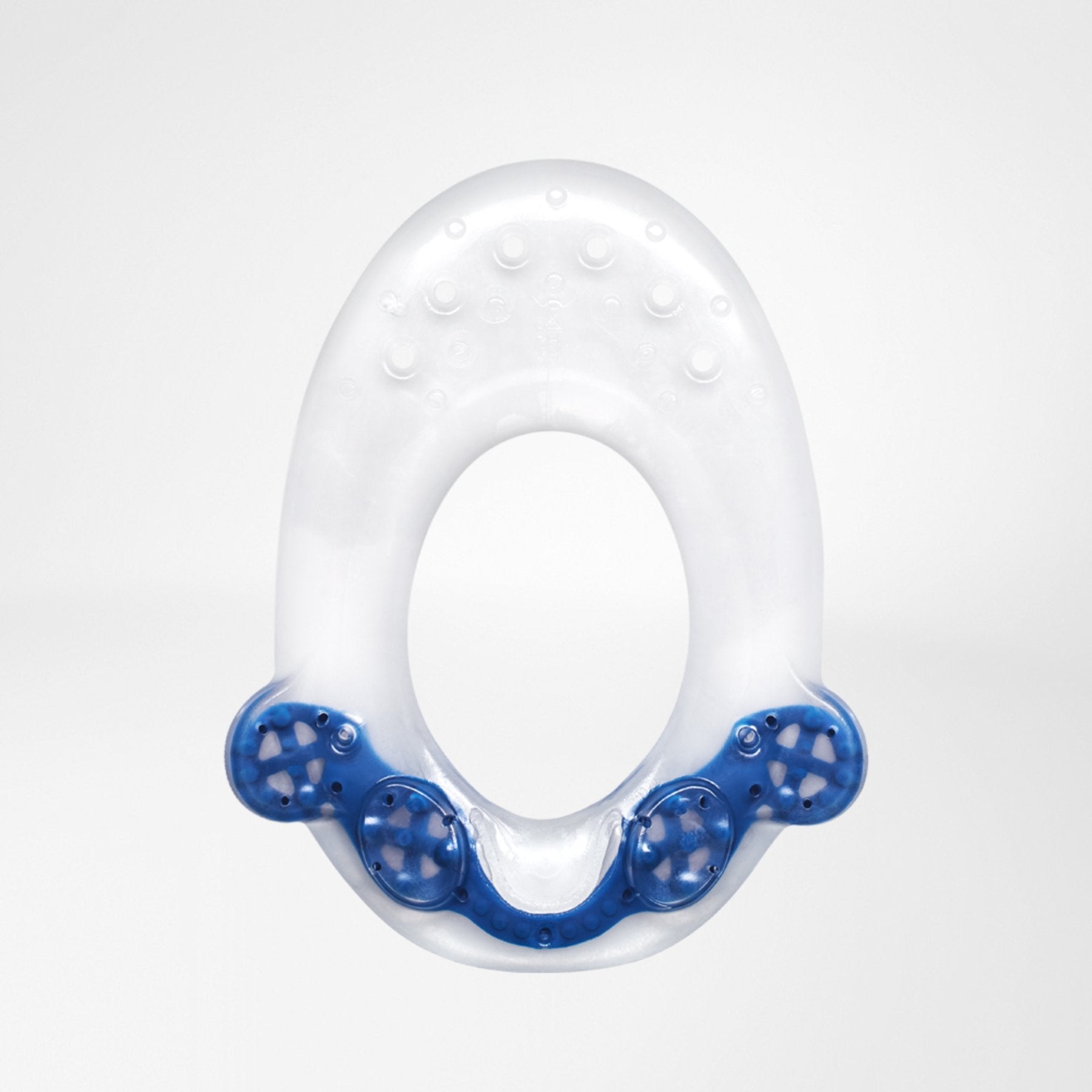What is Osteoporosis?
Osteoporosis is a disease of the skeletal system. Patients suffering from this condition typically have a substantial loss of bone density due to metabolic reasons. The condition disproportionately affects women, especially due to the drop in estrogen after menopause.
Osteoporosis, as the name suggests, is a condition wherein the bones begin to become porous, fragile and brittle. The condition is hard to detect in its initial stages and tends to progress and gets much worse with age.
There is an inherent difference in the rate of formation of new bones and the resorption of old bone. The body makes up by leeching calcium from the bones to maintain blood calcium levels.
In the initial and mild stages of the condition, the patient experiences pain and discomfort in the spine. However, as the condition progresses the entire skeletal system is compromised and there is an increased risk of damage and fractures. A patient’s quality of life is compromised and their mobility is severely restricted.

OSTEOPOROSIS – Consequences for the spine
The spine bears the weight of the head and upper body as the central bony axis of the body. Thus, it is one of the first areas of the body that is affected when a patient suffers from osteoporosis.
The vertebrae become fragile and even minor incidents can lead to fractures. In some cases, the form of the thoracic vertebrae collapses resulting in so-called wedge vertebrae.
Patients tend to develop a prominent forward curvature (a forward bend) called Kyphosis of the thoracic spine. There are significant consequences of Kyphosis including impaired breathing and cardiac activity in the long run.
Orthosis plays a crucial role in stabilizing the compromised spine and providing ample support to ensure a stress-free vertical alignment. The combination of a tension belt system and anatomically shaped adjustable rods together provides robust support to the spinal cord making it easier for patients to stand upright and also alleviates pain and discomfort by relieving the vertebrae.

Back Braces in Conservative-Functional Therapy
Medical orthosis or back braces can be instrumental in all forms of conservative functional therapy. They provide much-needed support and guidance, preventing further damage and curbing the progression of the condition. Back braces are highly recommended to allow for regulated physiotherapy since it encourages health proprioception.
The added stability also has a profound effect on the psychological state of patients. It takes away the danger of unnatural movements or buckling of compromised bones.
The resulting feeling of security, in turn, increases the effectiveness of the physiotherapy exercises and home exercise programs. This enables patients affected by osteoporosis to achieve their important therapy goals.
The orthosis also helps to reduce excessive loads on the leading edges of the vertebrae through active straightening and thus also prevents wedge vertebrae and kyphosis.

Orthosis in Post-Operative Care
In advanced patients with a collapse of fracturing of the vertebral column, surgical intervention might be necessary. Patients can look to radical surgical procedures like Kyphoplasty, Vascularplasty and Elastoplasty to alleviate symptoms and seek relief if all conservative approaches fail.
Surgeons today can surgically correct the curvature of the lumbar spine (Both in cases of forward and backward curvature - Hyperkyphosis and Hyper Lordosis).
A specially formulated bone cement formula is directly injected into the fracture and used effectively as treatment. However, this can apply excess stress on the adjacent spine segments and can lead to connection fractures.
Orthosis can again be instrumental for a patient’s prognosis. The functional unit of the back splint, pelvic bandage and tension belt system relieves the thoracic spine more than a normal corset and ensures an even distribution of force in the affected area.
As a result, the spine can be effectively relieved and stabilized until the bone density has improved with the help of a combination therapy and the orthosis can be gradually removed.
Orthosis Provide Stabilisation and relief of the Spine
Medical back braces like the Spinova Osteo is a valuable treatment tool for patients with osteoporosis. The brace can effectively relieve the back and provide a feeling of stability to the patient.
The brace encourages healthy proprioception and can help the patient maintain an upright posture. The Spinova Osteo helps build strength in the back muscles and facilitates recovery.
The ergonomically shaped aluminum recliner in the back stabilizes the thoracic and lumbar spine. Together with the pelvic bandage made of airy, breathable mesh material, the recliner forms a functional unit and also supports the transition between the spine and pelvis.
The Spinova Osteo is light and comfortable to wear, adapts to the individual body shape and is hardly visible under clothing due to its construction. As an everyday companion, the Spinova osteoporosis orthosis thus becomes an important component of therapy, exercise and nutrition programs. It effectively supports medication and prevents consequential damage caused by the disease.














